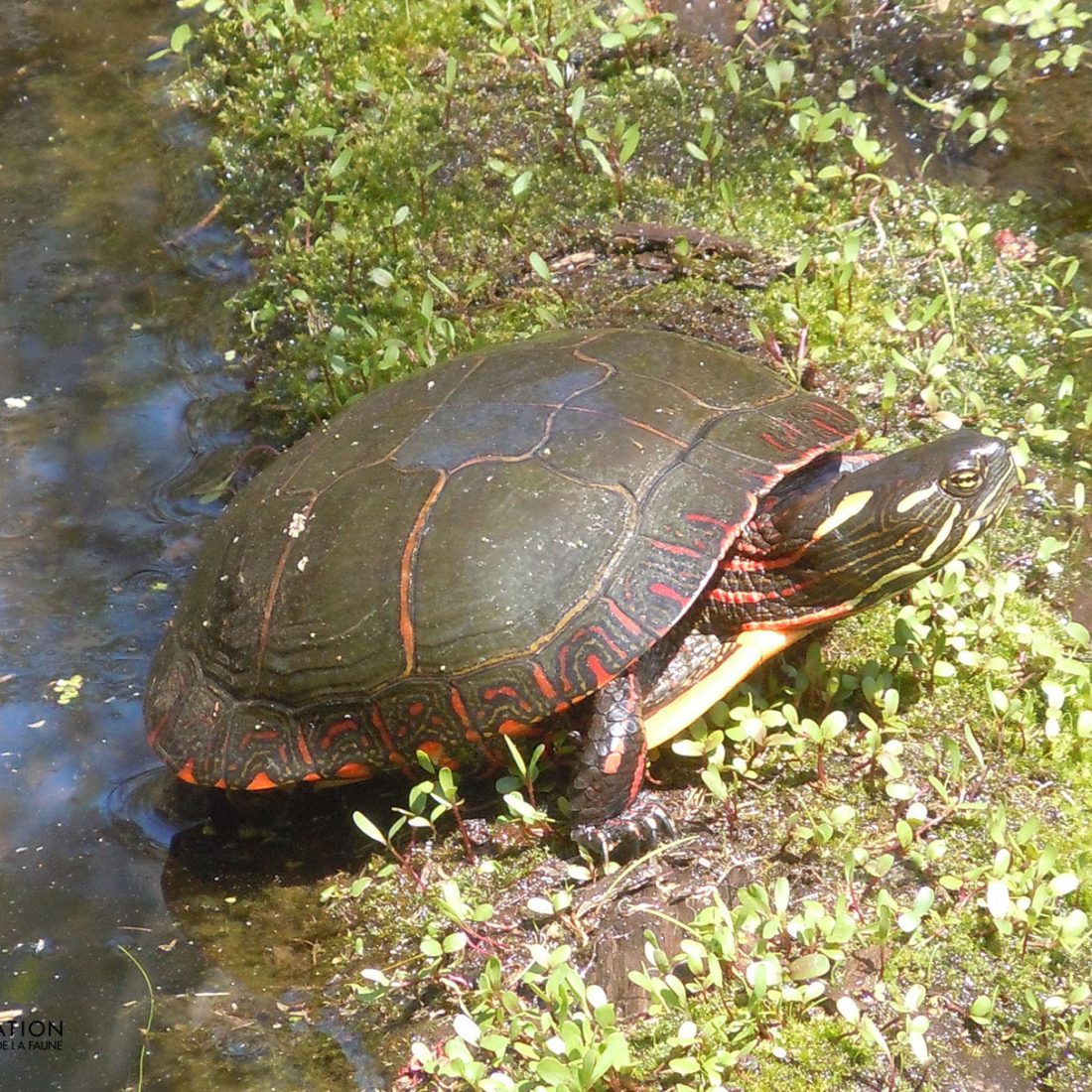Retinol. Microneedling. Red light therapy. A nip here. A tuck there. We go above and beyond to keep ourselves looking young.
But for turtles, they come by the elixir of youth naturally.
Turtles age at a snail’s…errrr…turtle’s pace. A biologist at Northeastern Illinois University of Chicago is leading a team of researchers around the globe to compare the speed at which 77 different species of reptiles and amphibians around the globe age. It turns out that while some amphibians and reptiles aged slower than other creatures like mammals and birds, others aged quicker. The group of reptiles that showed that they aged slowly time and time again? Turtles.
Long Live(d) Turtles!

There are a lot of factors that might go into it. Turtles have:
- Low metabolic rates which can slow the rate of aging and cellular damage.
- Efficient DNA repair mechanisms that help to avoid age-related diseases.
- Protective shells which keep their bodies more protected to predators and other stressors.
- Slow growth – it takes them longer to reach sexual maturity and they’re able to conserve a lot of energy and drive down the risk of age-related diseases.
If turtles were only up against the natural world, they’d be on cloud nine. Sadly, many turtles are having their lives cut short here in Canada due to human activity. All eight species of freshwater turtles in Canada have been listed as a species at risk by the federal government. They’re up against threats like road mortality, habitat loss, nest predation (by human subsidized predators, like raccoons) and poaching for the pet trade.
Marine turtles also have it rough. Some get terribly entangled in fishing rope, others mistake plastic bags and balloons for jellyfish and ingest these substances which take years to break down. Moreover, they are losing nesting habitat at an alarming speed and light pollution can disorient hatchlings.
How Can You Help Our Turtles?

- Help baby freshwater turtles by building a nest protector to keep predators at bay
- Whether you live by a lake or an ocean, organize a shoreline cleanup with your community to pick up debris that might be ingested by a turtle or entangle a turtle
- If you have a shoreline property, leave large fallen branches and trees along your shoreline so freshwater turtles can bask in the sun, or even augment the habitat by adding a few of your own logs
- Swap plastic bags for reusable shopping bags for your next jaunt to the store
- Slow down and watch for turtles when you’re driving in areas where wetlands are close to the road
- Learn how to move a turtle safely across the road
- Turtles don’t always crossroads near wetlands so keep an eye out for turtles on all roads especially from May to early July when mothers are seeking out nesting sites
- Be aware when fishing that turtles are accidentally hooked more often than you’d think. Learn about this problem and what to do!



